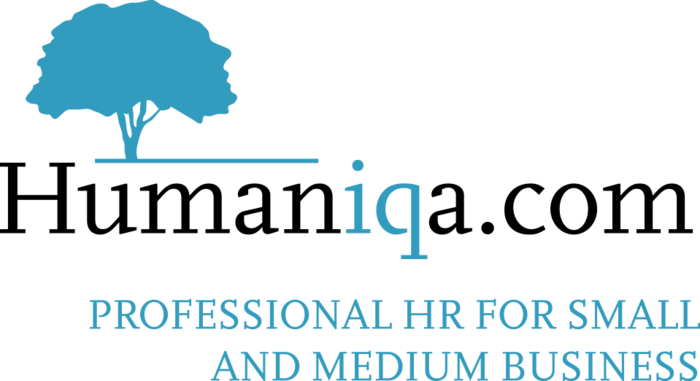Humaniqa HR Blog
HR Minute: Ontario's Extended Personal Emergency Leave February 09 2018
Purpose: The purpose of the HR Minute is to provide clients with timely information about human resources issues. Please take a moment to read this important information.
The Fair Workplaces, Better Jobs Act, 2017 (Bill 148) received Royal Assent on November 27, 2017, and is now law. As we have reported previously, Bill 148 makes a number of significant changes to the Employment Standards Act, 2000 (the "ESA"), the Labour Relations Act, 1995, and the Occupational Health and Safety Act.
This article summarizes the key amendments that have been made to Personal Emergency Leave (PEL) entitlements under the ESA.
Effective January 1, 2018, employees can use PEL for any of the following reasons:
- A personal illness, injury or medical emergency;
- The death, illness, injury or medical emergency of a family member; or
- An urgent matter that concerns a family member.
A “family member” is defined by the ESA as:
|
|
|
|
|
|
|
|
Bill 148 also makes a few other significant changes to the PEL provisions of the ESA, including:
- All employees are now eligible for PEL; regardless of the size of the employer or status of the employee.
- The 10-day entitlement will be maintained but employees with at least 1 week of service will now be entitled to paid leave for the first 2 personal emergency days; the remaining 8 will be unpaid. If a PEL is required in the first week of employment, it will be taken from the 8 unpaid days. For the 2 paid day, the employer must pay the employee the wage the employee would have earned had they not taken the leave.
- Employers can no longer require an employee to provide a medical note to substantiate any claim for PEL.
PEL entitlements reset every year so they cannot be banked or accumulated and have no cash value during the employment relationship or upon termination.
The 10 days of leave do not have to be taken consecutively. If an employee takes any part of a day as paid or unpaid PEL, the employer can count the day as one full day of leave.
What should employers do?
- Develop & Revise Policies: Employers with less than 50 employees need to implement a PEL policy or practice and communicate to employees the availability of such a leave. Employers with 50 or more employees should review their existing PEL policies to address these changes.
- Proof of Entitlement: Employers do retain the right to require evidence of entitlement to PEL. Although an employer cannot require an employee to produce a certificate from a qualified health practitioner, there is nothing to prevent the employer from requesting other forms of evidence that are reasonable in the circumstance.
For example, where an employee requests PEL to attend a scheduled medical appointment, there is no reason why the employer cannot request a letter from the physician's receptionist confirming that the employee, in fact, attended the appointment. If the employee seeks medical attention at a hospital, the employer may request a copy of the in-take or admission form as opposed to a medical certificate from the treating physician. Employers may also request copies of parking receipts (at a doctor's office, for example), pharmacy receipts for prescription or even non-prescription drugs, etc.
Bill 148 provides no examples of what may be considered “evidence reasonable under the circumstances.” As a result, employers should proceed with caution on what they consider reasonable evidence for an emergency absence. Each scenario should be considered on a case-by-case basis as there is simply no one-size-fits-all solution.
Employers can still require a medical certificate to substantiate absences from work for the purposes of paid sick or personal day entitlements over and above the legislated minimums.
- Monitor & Track: To ensure employers are making the correct payments and to minimize abuse by employees, employers should monitor and track PEL days being taken.
- PEL and Other Leaves: Some employers already provide generous paid sick leave, bereavement leave and other leave policies. These employers should review personal days, bereavement days and sick leave policies and practices to see how the PEL policy works with these existing policies and make adjustments accordingly.
If you would like to learn more about PEL, you can visit our site for policies, forms, training and more.
